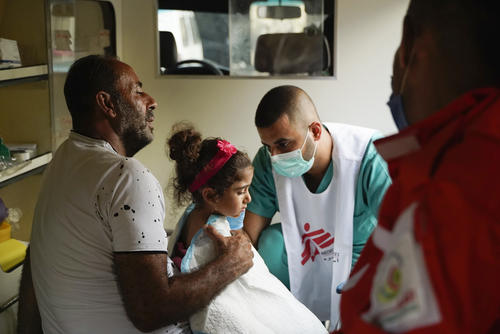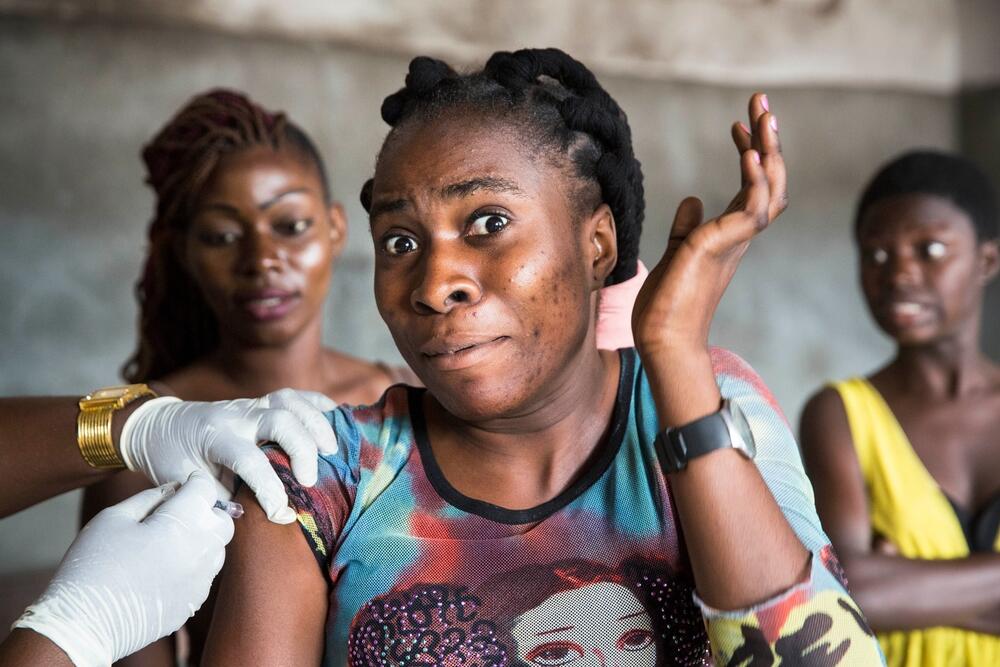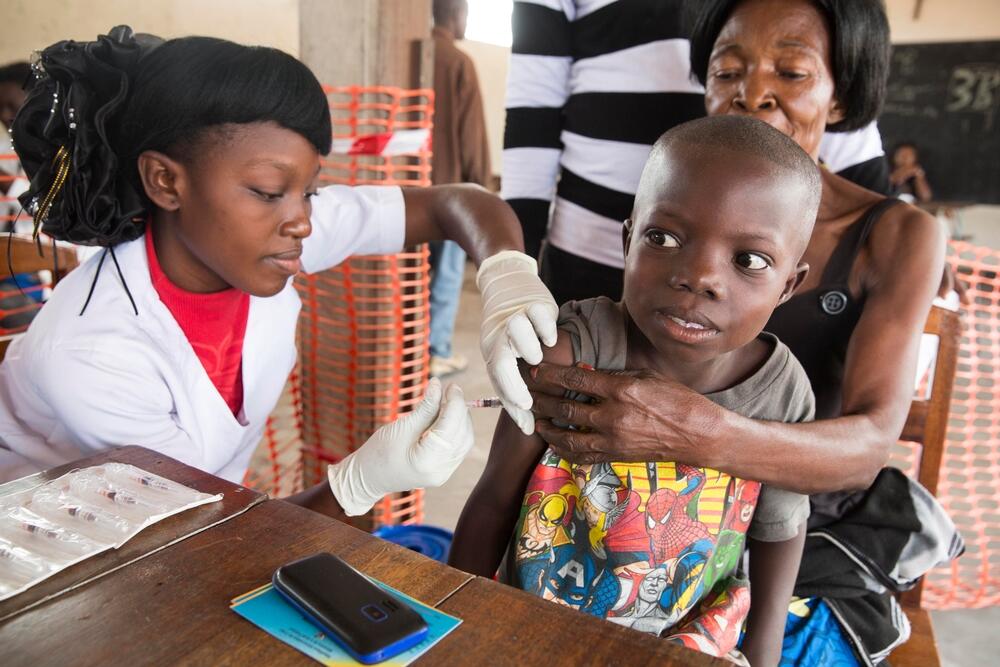Yellow fever vaccine: Why MSF research could save five times as many lives
A new clinical trial has found that giving people just one-fifth of a yellow fever vaccine is as effective as the full dose. This means that more lives can now be saved during outbreaks of the deadly disease.
The study was led by Epicentre – the research arm of Médecins Sans Frontières / Doctors Without Borders (MSF) – with the findings published in the medical journal The Lancet.
The results showed that reducing the standard yellow fever vaccine dose was both effective and safe, prompting the World Health Organization (WHO) to change its official guidelines on the disease. This will make it easier for governments and international aid organisations to prevent people from getting sick from yellow fever during outbreaks or vaccines shortages.
What is yellow fever?
Yellow fever is a mosquito-borne acute viral haemorrhagic fever. It causes 30,000 deaths a year, most of which occur in sub-Saharan Africa where the virus is endemic to 34 countries. However, the disease is also on the rise in Central and South America.
“At a time when the world is fighting so many other health threats, it’s encouraging to know that research like this will directly result in more lives being saved”
While the infection is asymptomatic or causes only mild symptoms in many people, a small percentage of those infected experience a more toxic stage of the disease that can cause internal bleeding and severe damage to the liver and kidneys. Sadly, around half the people who enter this stage of yellow fever die within a few days.
Since 2000, MSF teams have responded to yellow fever epidemics in Angola, the Democratic Republic of Congo (DRC), Guinea, Sudan, Sierra Leone, the Central African Republic (CAR) and Chad.
A vital vaccine
There’s no cure for yellow fever, so prevention is extremely important. In fact, a single dose of the vaccine can protect a person for life.
However, because the vaccine takes about 12 months to produce and it can also be difficult to forecast the quantities that will be needed each year, there are often shortages during outbreaks.
This means that production cannot meet the demands during epidemics, leaving people without protection and medical providers like MSF and governments empty-handed when the vaccines are needed most.
This issue was brought to light during the huge 2016 yellow fever outbreak in Angola and the DRC. Routine vaccination was suspended in several other countries so that supplies could be diverted to fight the epidemic.
“When big yellow fever epidemics hit, countries and MSF need to access vaccines urgently,” said Myriam Henkens, MSF international medical coordinator.
“Vaccination is the most important measure for preventing the disease. This study means that treatment providers can now rest assured that giving people smaller doses of any of the WHO prequalified yellow fever vaccines will protect the person in front of them while helping to keep even more people safe.”
A life-saving study
The Epicentre study, in collaboration with the Kenya Medical Research Institute, Institut Pasteur de Dakar, and the WHO, took place in Uganda and Kenya between November 2017 and February 2018.
During this period, researchers administered either one fifth or a standard dose of the yellow fever vaccine to 960 adults between the ages of 18 and 59 years old. People receiving one-fifth of the dose were found to have an immune response that was considered equal to the standard dose.
The study was conducted as a “randomised, double-blind” trial – meaning neither staff nor patients knew which dose was being given and when – to achieve unbiased results.
This clinical trial also marks the first time that all four WHO recognised yellow fever vaccines have been assessed in the same study.
“This research is significant because it shows that trials involving different manufacturers, where their products are independently evaluated, is possible,” said Rebecca Grais, research director of MSF’s Epicentre.
“This is proof that global medical researchers can band together to do independent and objective research that results in products and recommendations that truly meet the needs of people and ensure effective and safe medicines and vaccines.”

Get closer to the Frontline
Get the latest news, stories and updates, straight to your inbox.
One billion people at risk
“More than a billion people currently live in areas of the world where yellow fever is common,” said Isabelle Defourny, MSF director of operations.
“As MSF teams have seen, working on the ground all over the world, this is a disease that can result in massive outbreaks. This is especially true in big cities where yellow fever can spread rapidly, causing thousands of deaths and very serious humanitarian consequences.
“At a time when the world is fighting so many other health threats, it’s encouraging to know that research like this will directly result in more lives being saved.”
MSF and yellow fever
Yellow fever is a viral haemorrhagic disease that is transmitted by infected mosquitoes. The "yellow" in the name refers to jaundice that affects patients in severe cases.
The virus is endemic in tropical areas of Africa and Central and South America, with a total of 47 countries at risk.
In 2019, MSF conducted 2,271,900 routine vaccinations against diseases including yellow fever.


